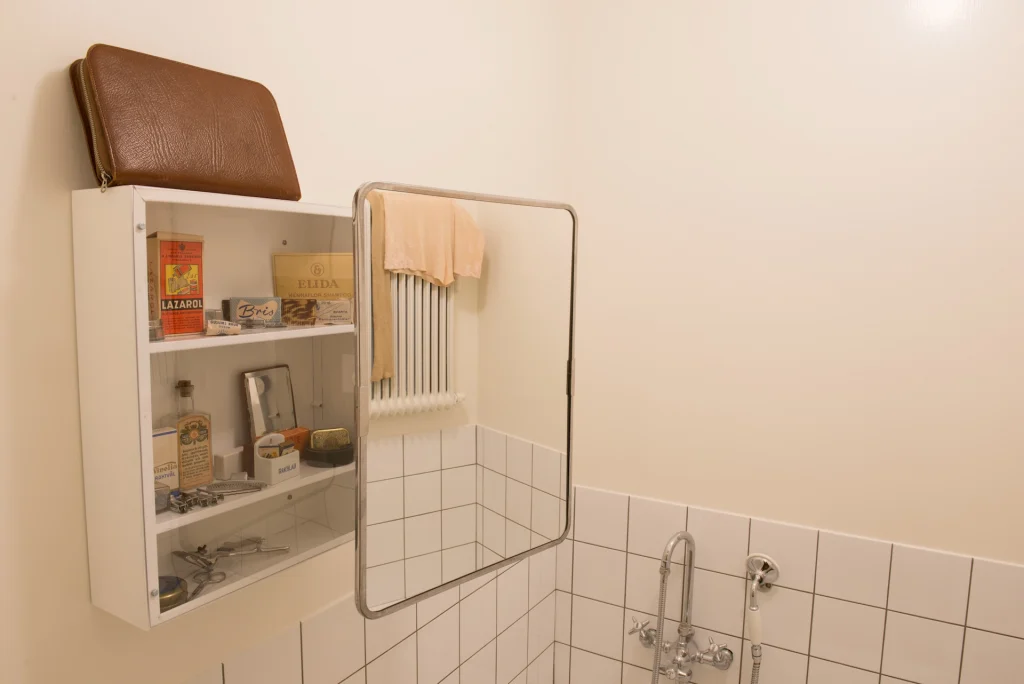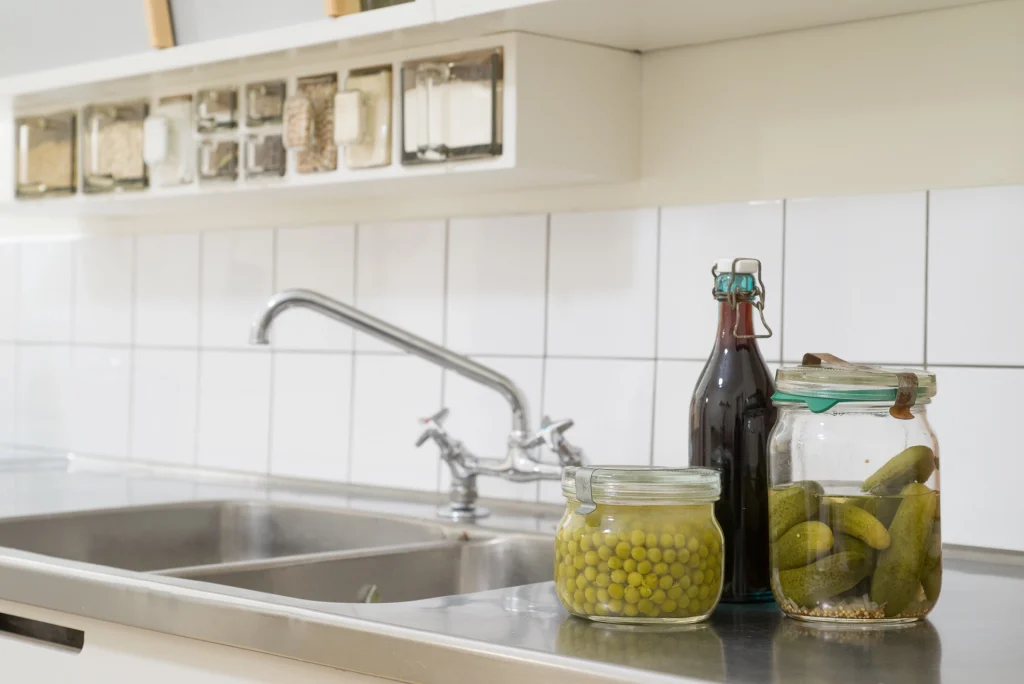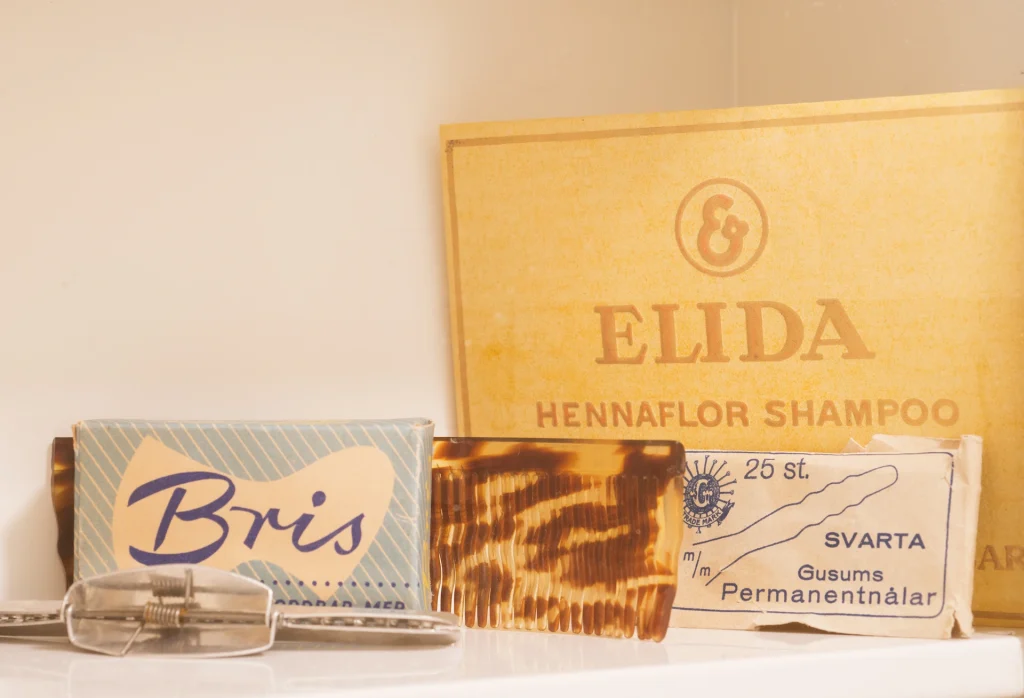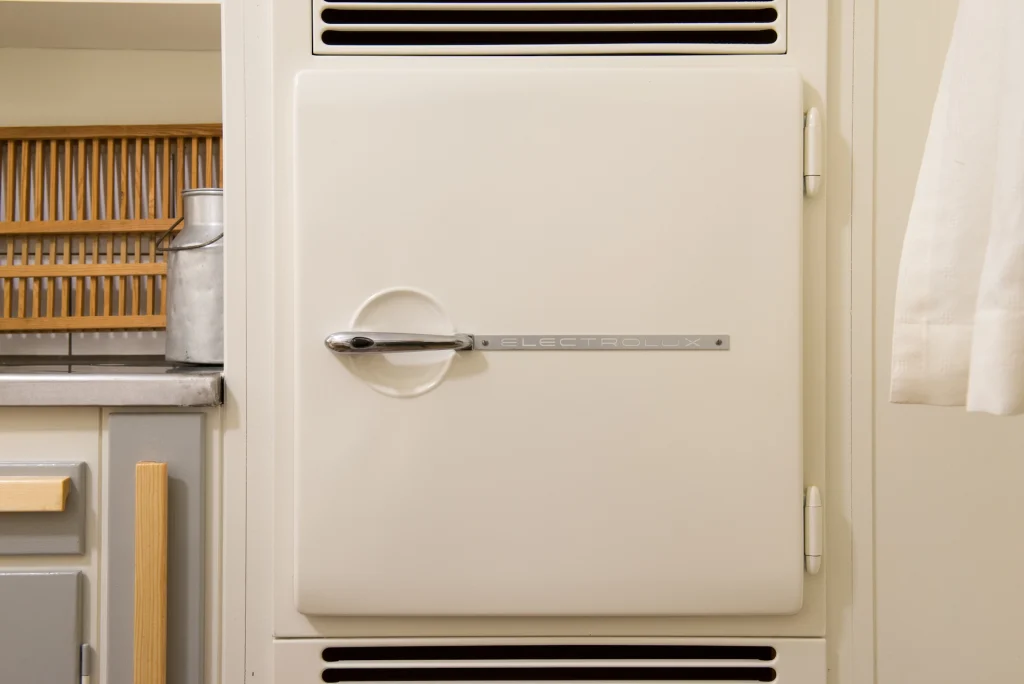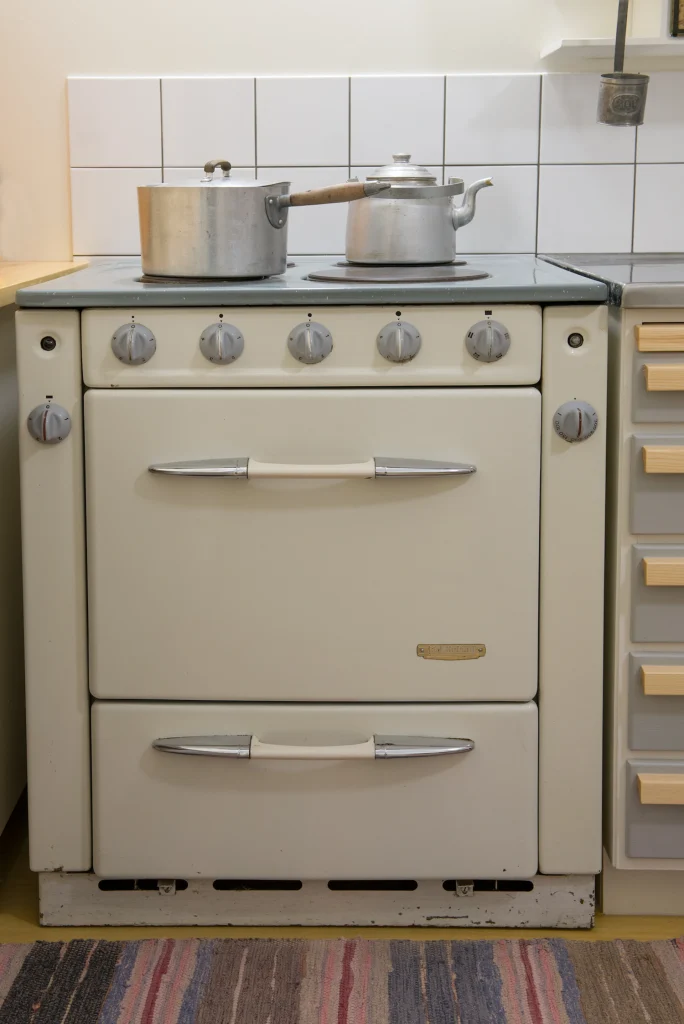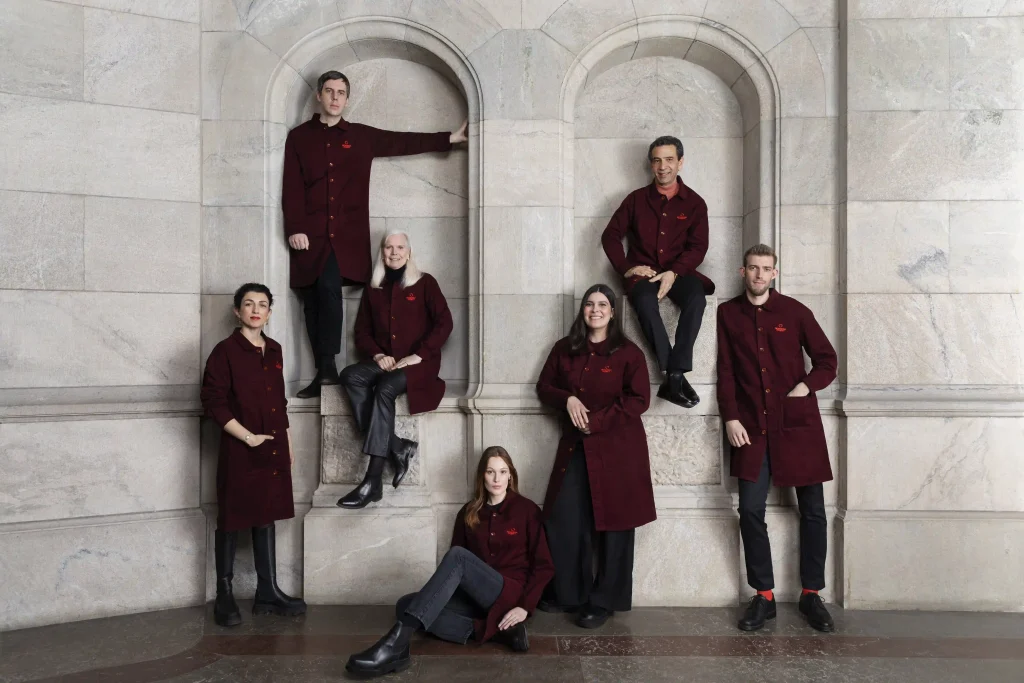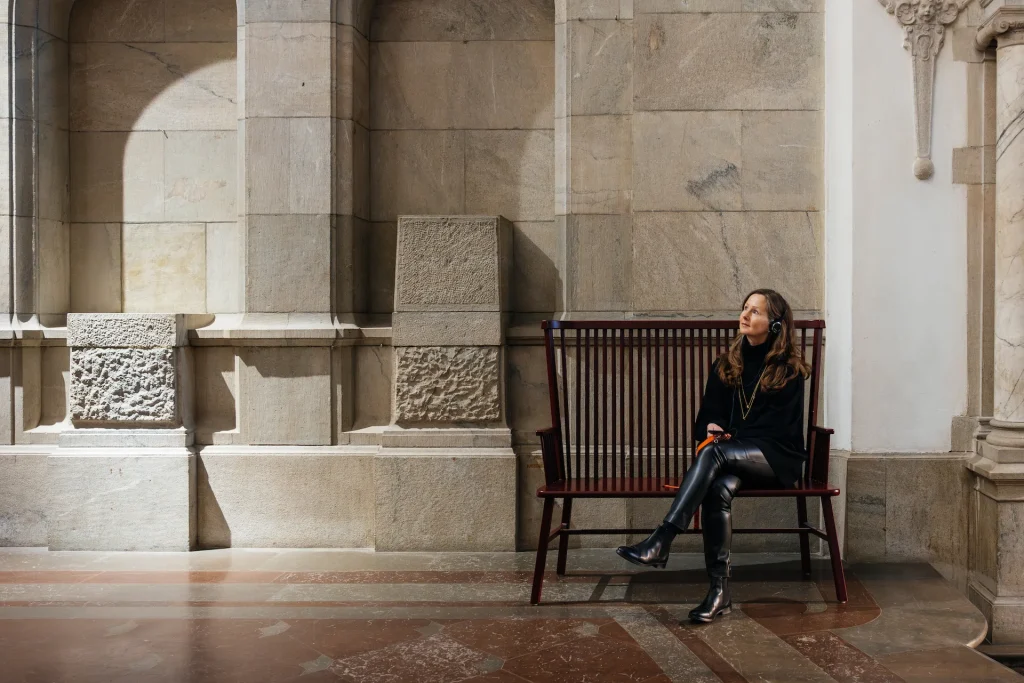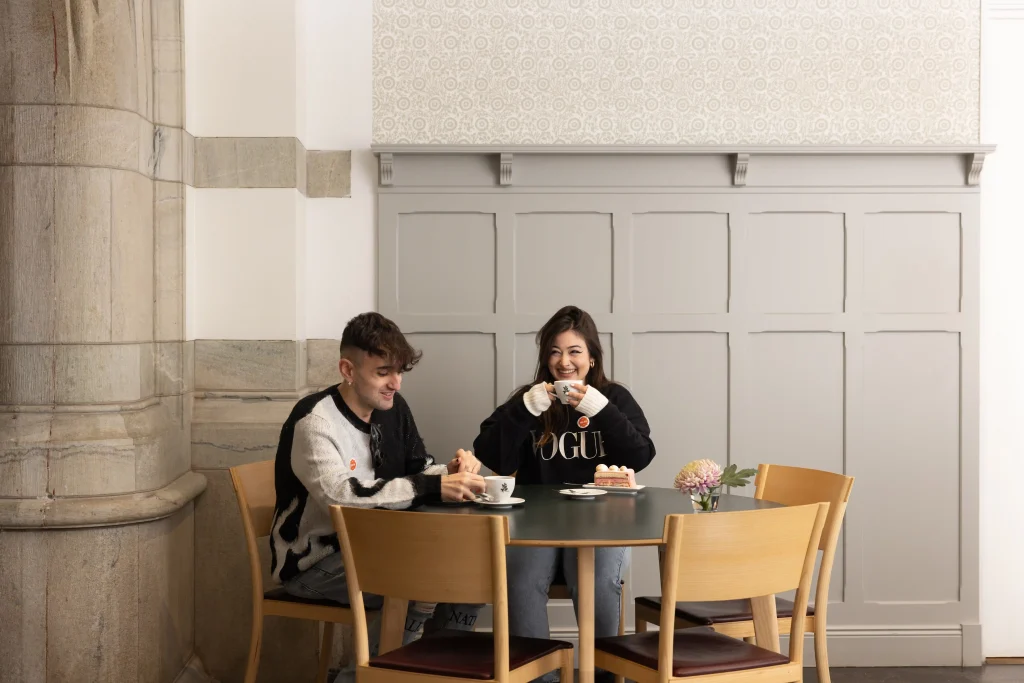1940s Flat
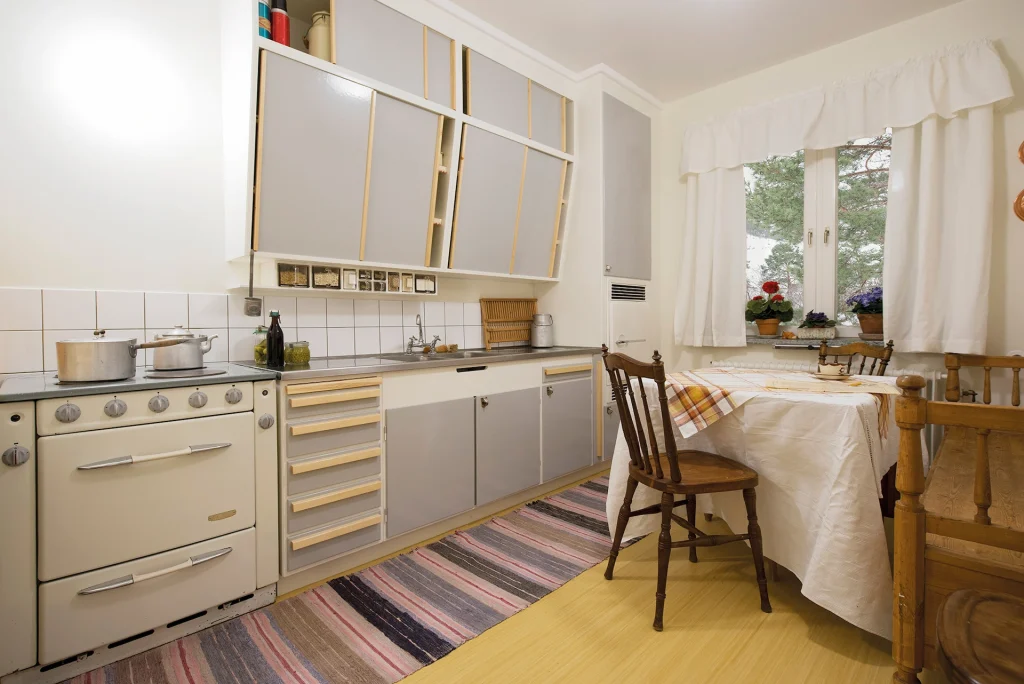
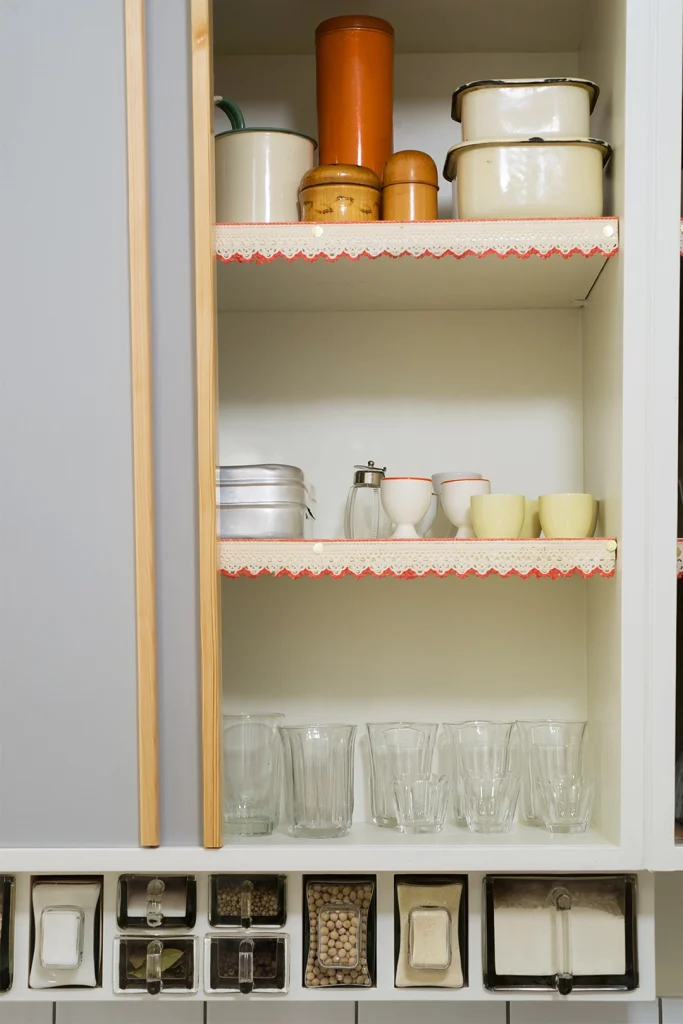
May 23rd 2013 – ongoing
The 1940s flat is a home environment from the late 1940s that we have reconstructed inside the museum Nordiska museet. It has two rooms and a kitchen and is typical of a newly built modern flat from that time.
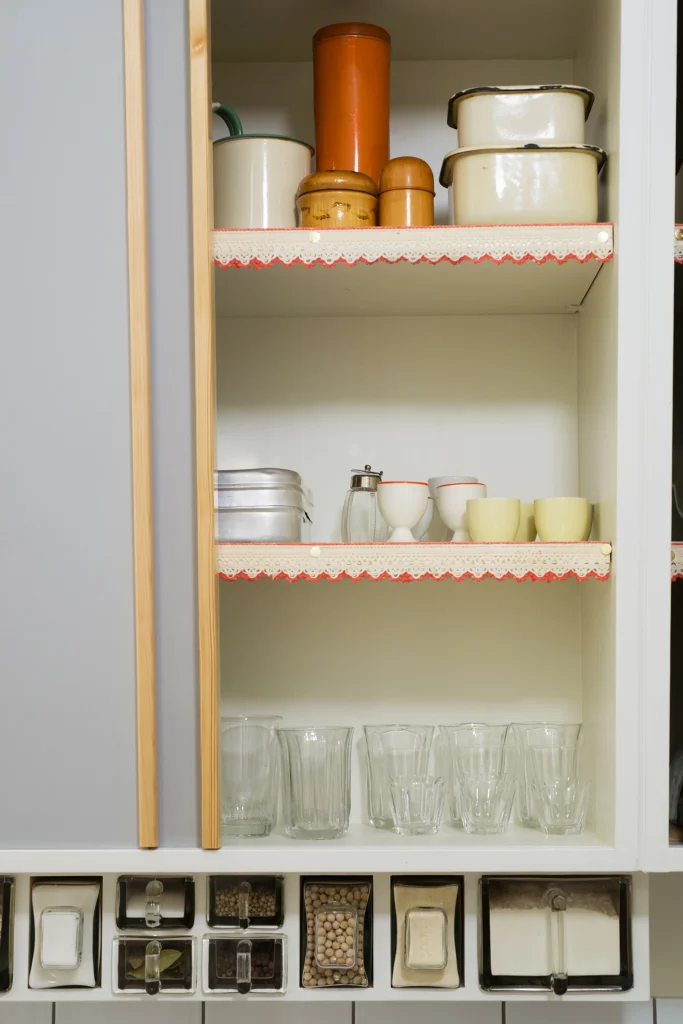

Living in the People’s Home
Up until the 1930s, Sweden and Finland had the worst housing standards in Europe. However, politicians and engineers were making plans for Folkhemmet (the “People’s Home”), which promises good housing, healthcare, holiday leave, and leisure activities for all.
In this secure, equal society, education and propaganda will jointly elevate the citizens. In the People’s Home, everyone would have a good home instead of overcrowding and dirt.
During the 1940s, 1950s, and 1960s, millions of healthy, bright, and practical homes were built for everyone with the help of government loans.
Home of the Johansson Family, 1947
In the flat lives the fictional Johansson family. The layout of the flat is based on an HSB building in Katrineholm, built in 1947, but it could just as easily be located anywhere in Sweden. It is as modern as a family could wish for in the mid-20th century.
The museum has collected furniture, clothing, and household items from various sources to illustrate how it might have looked. There is a living room, kitchen, bathroom, bedroom, and even a balcony.
Let’s step inside.
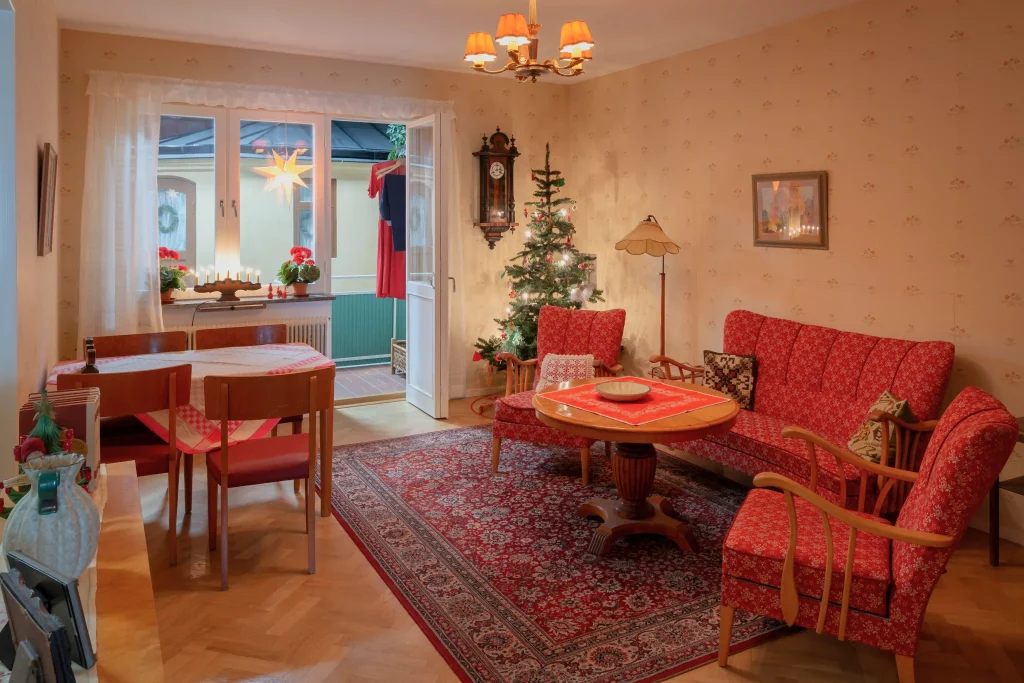
The Hall
The practical built-in linen cupboard in the hall is filled with tablecloths, sheets, and other household textiles. In their previous home, storage of clothes and household items was a significant problem. In the new flat, there are several storage spaces with specific functions: a linen cupboard, a cleaning cupboard, and a wardrobe.
The Bathroom
The bathroom, with a toilet, bathtub, and hot water, has significantly improved the family’s living standard. It is so nice not to have to run to the outhouse in the yard to do their business. Imagine not having to heat water for a bath or to rinse small laundry items. Sometimes the youngest cousins visit, so it is useful to keep the potty chair a little longer.
The Kitchen
The kitchen is the heart of the home. Here, the family gathers for homework, letter writing, and simple crafts. The practical kitchen makes Hilda’s work with cooking, preserving, and baking easier. The family buys most of what they need from the cooperative and collects receipts for the annual rebate.
The kitchen furniture comes from the old home. To give Gun-Britt some space of her own, she sleeps on the kitchen sofa. When Siv comes home during the summer holidays, she shares a bed with her big sister.
The Living Room
Now that the family has a flat with two rooms, they finally have the chance to keep one a bit nicer. They have splurged on a new sofa set and a dining room suite with a matching sideboard. They bought the furniture on installment. Hilda and Ivar hope it will last a lifetime. They are careful with the furnishings, and Arne is not allowed to play in the room.
The radio is an important source of information as well as entertainment. On weekends and weekday evenings, the family sits on the sofa to listen to the news or some exciting program.
The Bedroom
The family has brought the pull-out beds from the old home. Arne’s and Hilda’s beds are always made, but Ivar’s pull-out armchair is folded up every morning to save space. In the bedroom stands the new electric sewing machine. Hilda sews and alters most of the family’s clothes. Now that Arne is older, she hopes to take on simple sewing jobs as well. This way, the sewing machine will pay for itself.
Meet Our Fictional Family
Hilda is a housewife whose work has become much easier since the family got hot water, a bathroom, and a laundry room. They even have a rubbish chute! Now she has time to read and to get involved with the Cooperative Women’s Guild. Hilda has lived in the city for 20 years but has her roots in Tornedalen.
Ivar is a metalworker and union activist. He is also interested in sports, especially athletics and football. During the summer, he spends a lot of time in the family’s allotment garden, combining his interest in gardening with practical benefits. Ivar is a second-generation city dweller.
Gun-Britt is 16 years old and the family’s eldest daughter. She is about to take her secondary school exam, making her the first in the family to pursue education beyond elementary school. Gun-Britt works part-time during weekends and holidays and dreams of becoming a nurse.
Siv was born with a hip injury and scoliosis, which makes walking difficult. She lives at Eugenia Home in Stockholm, a facility for children with physical disabilities. Siv only comes home during the summer holidays. She also wants to take the secondary school exam, like her older sister.
Arne is the youngest. He has just turned six and does not go to school yet. There are plenty of children his age in the new neighbourhood, and his days are filled with play. Many of them also meet at Sunday school, which offers various activities
